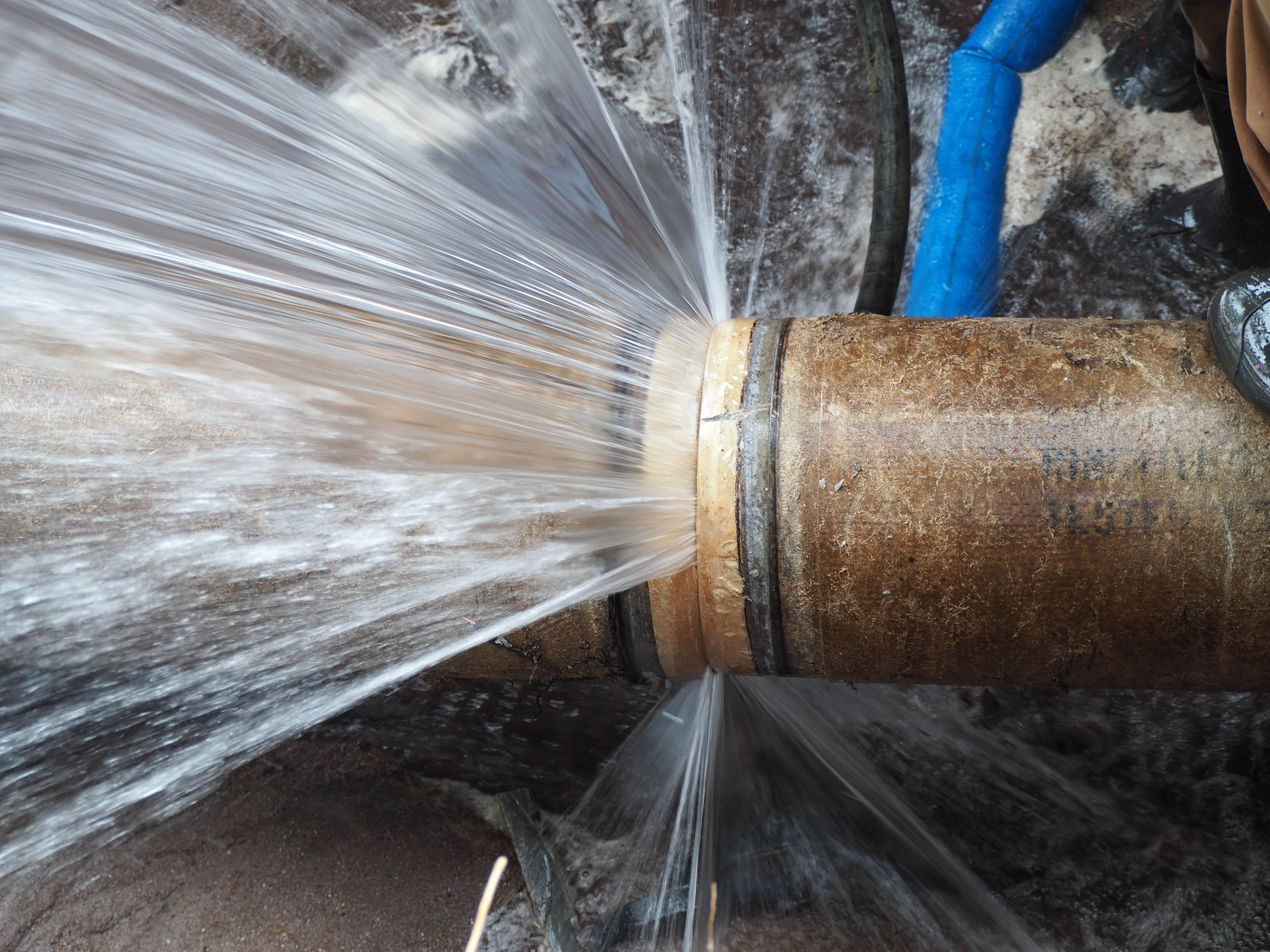Key Strategies for Preventing Frozen Plumbing in Winter
Key Strategies for Preventing Frozen Plumbing in Winter
Blog Article
They are making several great observations regarding How To Avoid Freezing Pipes in general in this post just below.

Cold weather can damage your pipes, especially by freezing pipelines. Here's exactly how to prevent it from occurring and what to do if it does.
Introduction
As temperatures decrease, the risk of icy pipes increases, possibly leading to pricey repair work and water damages. Recognizing exactly how to stop frozen pipes is important for house owners in cold environments.
Avoidance Tips
Insulating at risk pipes
Wrap pipes in insulation sleeves or utilize heat tape to protect them from freezing temperatures. Focus on pipelines in unheated or exterior locations of the home.
Heating methods
Keep interior areas properly heated, particularly locations with pipes. Open up cabinet doors to enable cozy air to flow around pipelines under sinks.
Just how to determine frozen pipes
Try to find decreased water circulation from taps, uncommon smells or sounds from pipes, and visible frost on revealed pipes.
Long-Term Solutions
Architectural modifications
Consider rerouting pipes far from outside wall surfaces or unheated areas. Add extra insulation to attics, cellars, and crawl spaces.
Updating insulation
Purchase high-quality insulation for pipelines, attics, and wall surfaces. Proper insulation assists preserve regular temperatures and minimizes the risk of frozen pipes.
Protecting Outside Pipes
Garden pipes and exterior taps
Detach and drain yard hoses before winter. Install frost-proof spigots or cover outdoor faucets with insulated caps.
Comprehending Frozen Pipes
What triggers pipelines to freeze?
Pipelines freeze when revealed to temperature levels listed below 32 ° F (0 ° C) for expanded periods. As water inside the pipelines freezes, it increases, putting pressure on the pipe wall surfaces and potentially creating them to break.
Risks and damages
Frozen pipelines can lead to supply of water interruptions, home damage, and expensive repair work. Burst pipes can flood homes and trigger comprehensive architectural damages.
Signs of Frozen Piping
Recognizing frozen pipelines early can prevent them from breaking.
What to Do If Your Pipes Freeze
Immediate activities to take
If you think icy pipelines, keep faucets open up to soothe stress as the ice thaws. Make use of a hairdryer or towels taken in hot water to thaw pipes slowly.
Conclusion
Protecting against frozen pipelines needs aggressive measures and quick actions. By comprehending the causes, indications, and preventive measures, house owners can protect their plumbing during cold weather.
6 Proven Ways to Prevent Frozen Pipes and Protect Your Home
Disconnect and Drain Garden Hoses
Before winter arrives, start by disconnecting your garden hoses and draining any remaining water. Close the shut-off valves that supply outdoor hose bibs and leave the outdoor faucet open to allow any residual water to drain. For extra protection, consider using faucet covers throughout the colder months. It’s also important to drain water from any sprinkler supply lines following the manufacturer’s directions.
Insulate Exposed Pipes
Insulating your pipes is an effective way to prevent freezing. Pipe insulation is readily available at home improvement stores and is relatively inexpensive. Pay close attention to pipes in unheated areas such as the attic, basement, crawl spaces, or garage. Apply foam insulation generously to create a buffer against the cold. You can also wrap your pipes in heat tape or thermostat-controlled heat cables for added warmth.
Seal Air Leaks
Inspect your home for any cracks or openings that could let in cold air. Seal any holes around the piping in interior or exterior walls, as well as the sill plates where your home rests on its foundation. Additionally, make sure to keep your garage door closed unless you’re entering or exiting. Leaving it open creates a significant air leak that can lead to frozen pipes.
Allow Warm Air Circulation
During cold snaps, it’s essential to allow warm air to circulate evenly throughout your home. Leave interior doors ajar to promote better airflow. Open kitchen and bathroom cabinets to help distribute heat consistently around the rooms. If you have small children or pets, be sure to remove any household chemicals or potentially harmful cleaners from open cabinets for safety.
Let Faucets Drip
A small trickle of water can make a big difference in preventing ice formation inside your pipes. When temperatures drop significantly, start a drip of water from all faucets served by exposed pipes. This continuous flow helps prevent the water from freezing. Additionally, running a few faucets slightly can relieve pressure inside the pipes, reducing the chances of a rupture if the water inside does freeze.
https://choateshvac.com/6-proven-ways-to-prevent-frozen-pipes-and-protect-your-home/
.jpg)
I have been very eager about Preventing and dealing with frozen pipes and I am assuming you appreciated our page. Liked our blog entry? Please quickly share it. Help others locate it. Many thanks for being here. Don't hesitate to stop by our site back soon.
Booking Page Report this page